Explore this historic Gothic cathedral that stands beside the traditional well where legend says St. Patrick baptized converts.
The largest church in Ireland is St. Patrick’s Cathedral, on a site with a church since the 800s. Although it has status as the national cathedral, it is not the seat of the bishop because Dublin has two cathedrals. Marvel at the 101-foot (31-metre) granite spire atop the 147-foot (45-metre) Minot’s Tower. The present building was constructed in 1220.
Enter through a large portal in the façade and admire the ornate nave. Visit the choir and enjoy the warm ambiance generated by the browns, reds and intricate floor patterns. Guided tours are available several times daily Monday through Saturday. Download the audio guide for a greater understanding of the church’s features.
Note the grave and epitaph of writer Jonathan Swift, who was dean of the cathedral in the 18th century. Purchase souvenirs and ecclesiastical items from the gift shop.
Attend a music recital in this historic venue and note the acoustics as the sounds reverberate around the medieval walls. Inspect the organ, among the largest in the country with more than 4,000 individual pipes. Parts of it date back to the 17th century.
Relax in the pleasant area of St. Patrick’s Park, which lies on the northern side of the church. Enjoy a picnic on the lawn in view of the Gothic masterpiece.
Learn about Dublin’s unusual status as a two-cathedral city. Tensions arose between the two sites for centuries in the Middle Ages. Eventually, it was decided that St. Patrick’s would be the national cathedral while Christ Church is Cathedral of Dublin and Glendalough.
There is a fee to enter the church as a sightseer enter the chapel for free to pray. From Monday to Saturday, it is open between morning and late afternoon. Sunday opening times bracket the services.
St. Patrick’s Cathedral is in the southern section of the city. From O’Donovan Rossa Bridge, walk south past Christ Church Cathedral and the Millennium Child to reach the site in 10 minutes. Several bus lines bring passengers to the adjoining street.
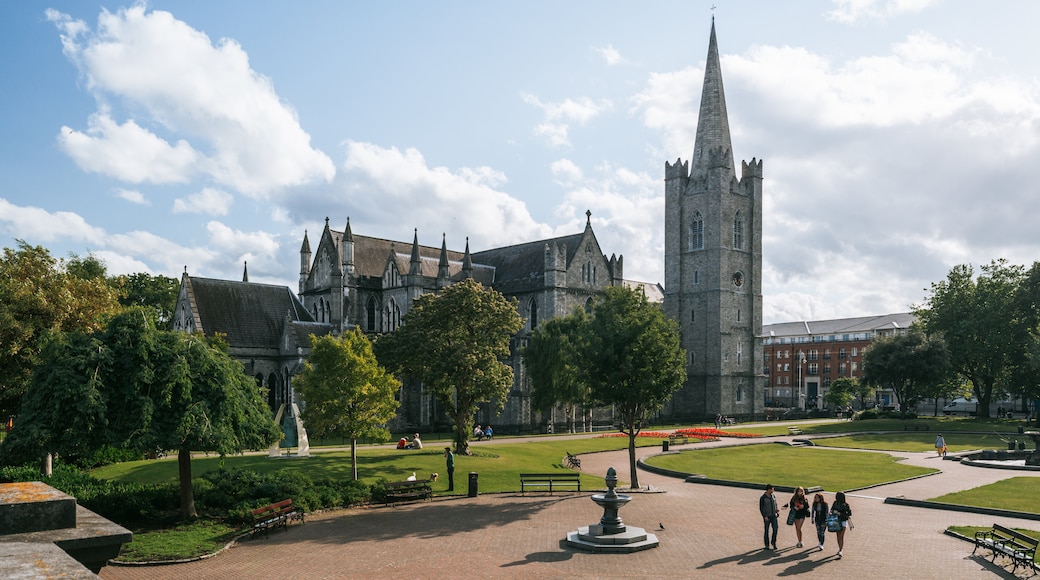
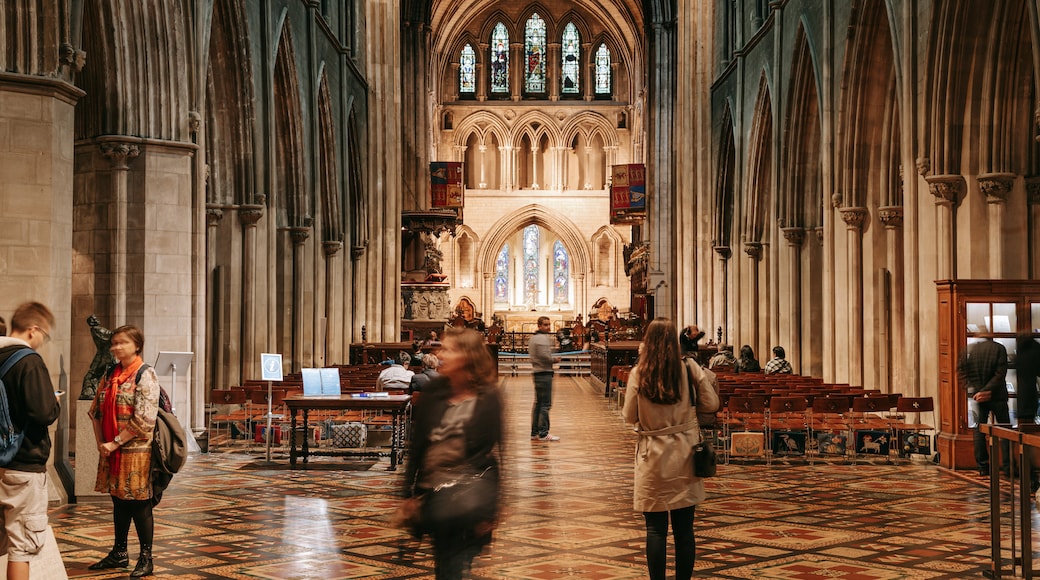
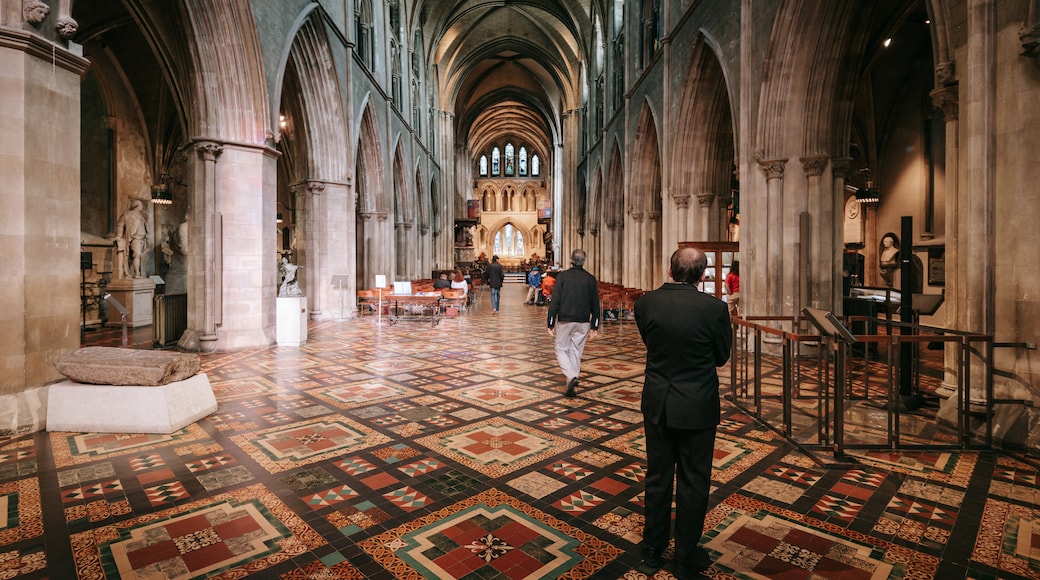
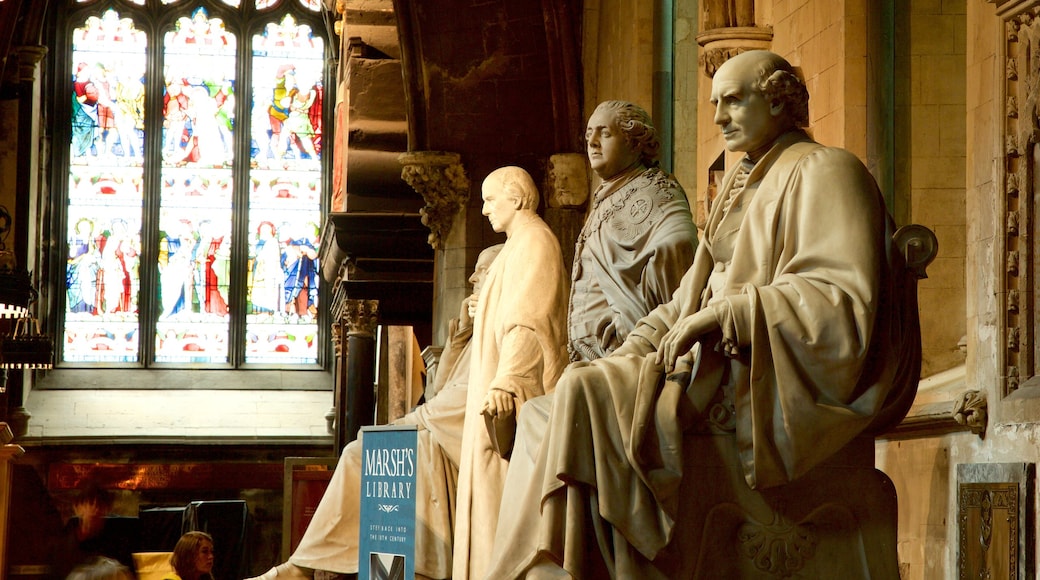




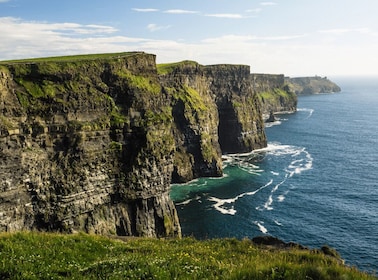
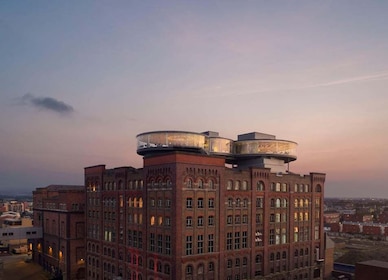


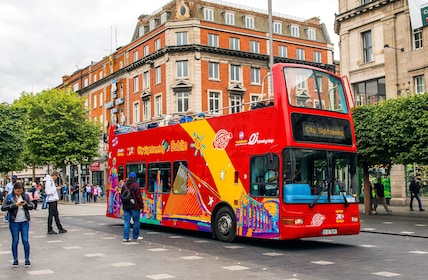





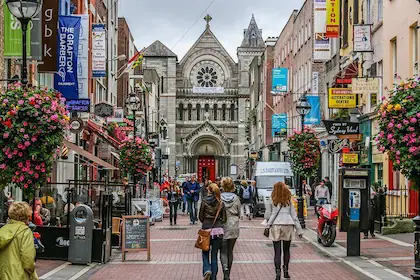





















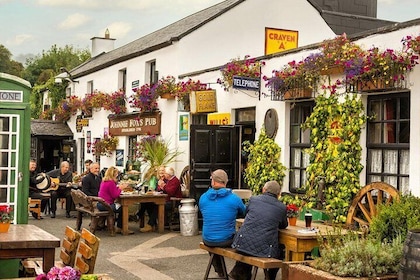






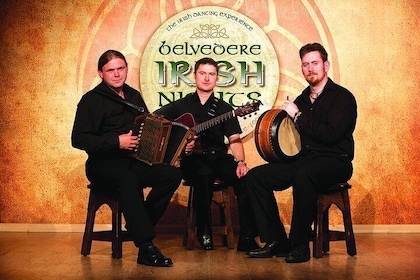






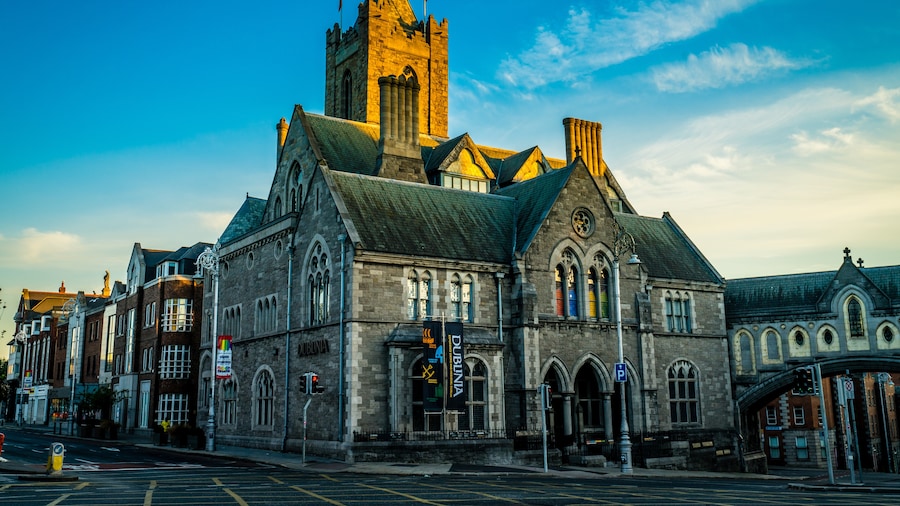
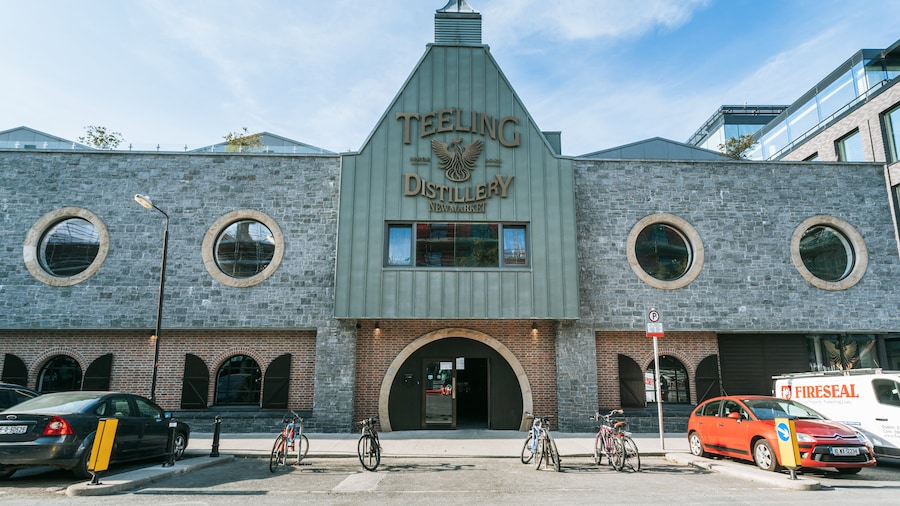
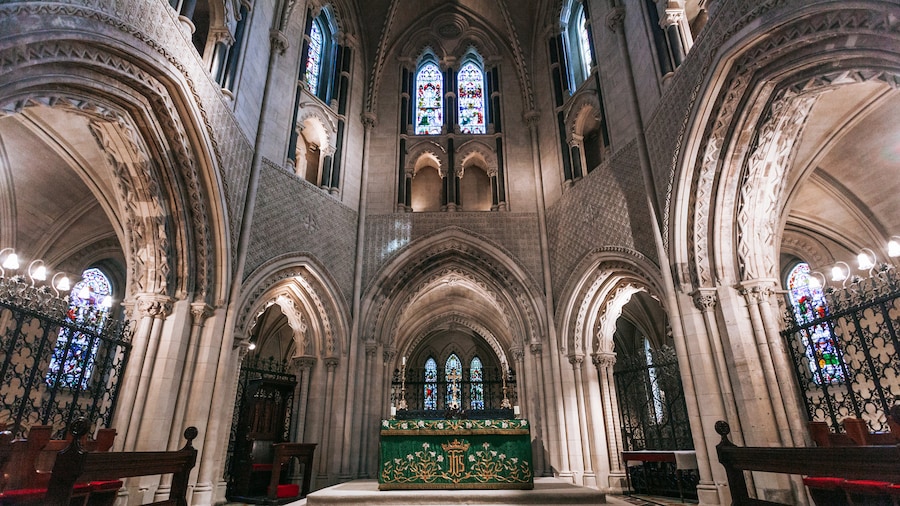












 Calendar Month
Calendar Month Temperature
Temperature Precipitation
Precipitation Cloudiness
Cloudiness Occupancy
Occupancy Pricing
Pricing